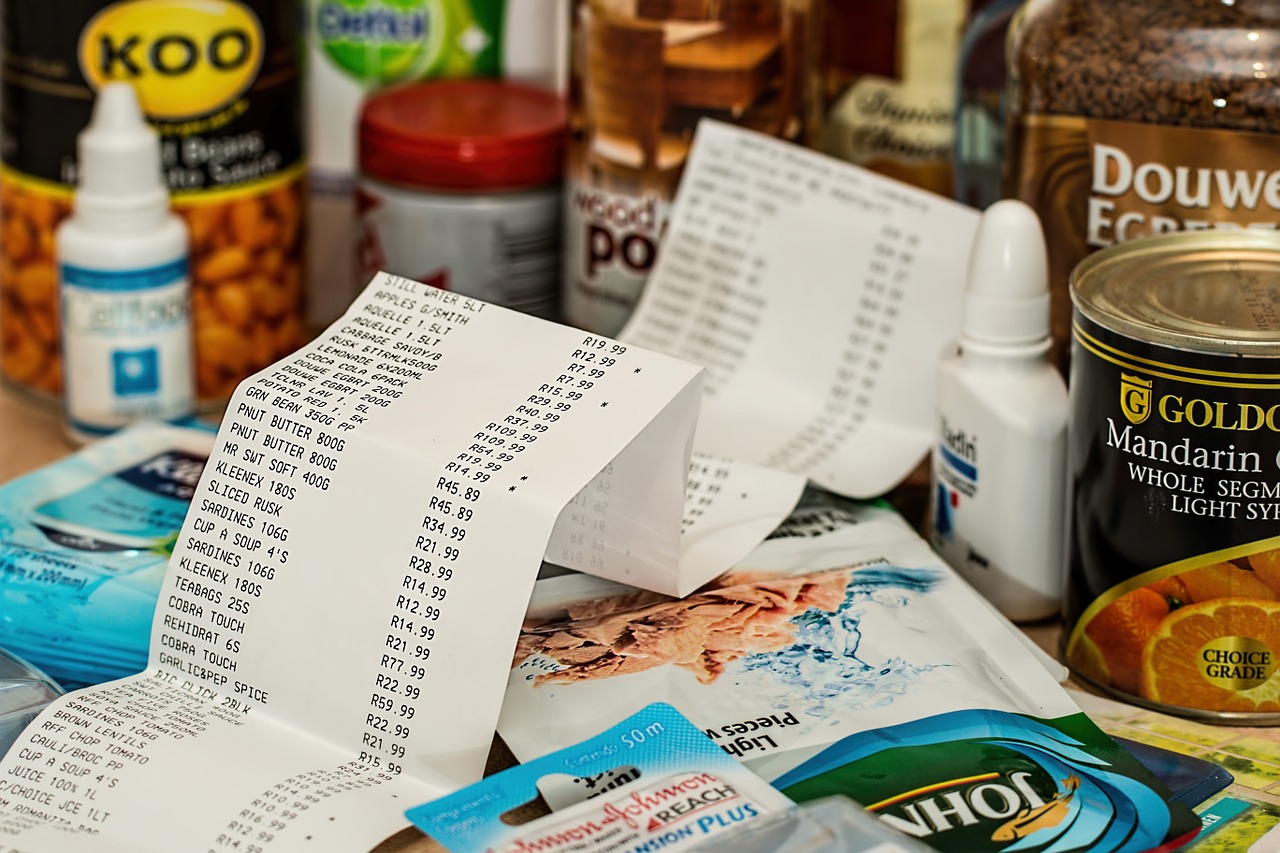Controlling Portion Sizes
First and foremost, if you want to save money on food, portion management is critical. There’s no way to compare actual and ideal food costs when the amounts you serve differ from the cost of the portion in your recipes.
In other words, you won’t know if you’ve succeeded in lowering your food costs.
Even so, a serving might be excessively much. Many business owners are apprehensive about reducing the size of their most popular menu items.
However, when servings are enormous and dishes are returned half-filled, waste increases, as does cost.
Alternatively, individuals may begin to share their meals. The quantity of your check decreases.
Many restaurateurs have increased their revenue by decreasing servings and prices.
Since the sale price isn’t reduced in the same proportion as the plate size, margins increase.
Furthermore, buyers prefer to order more, increasing the number of dishes sold.
Focus Your Menu
Don’t clutter your menu with dishes that your customers don’t want. Retain track of your sales mix and decide whether or not to keep an item on the menu.
The more menu items you have, the more likely you will waste them. As a result, keep your menu focused. You will save a lot of money with menu engineering.
Preparation, procurement, and inventory will be simplified, and food expenses will be kept under control.
Proper Inventory Management
When it comes to food budgeting, inventory management can be instrumental.
Restaurants frequently purchase an excessive amount of food. They buy more than they require, and most of it goes to waste due to spoilage.
To avoid overbuying, you should have a firm grasp on how much food you require. You will observe less loss from spoilage if you minimize your inventory surplus.
Furthermore, because you only have a certain amount of food on hand, your team will be less inclined to over portion a dish.
Work With Your Food Suppliers
You may work with your suppliers to reduce your food prices once you know how much food your restaurant utilizes at any one moment.
If feasible, look around to discover what other vendors have to offer.
If you have an excellent connection with your existing supplier, you might ask for a discount or for them to match their rivals’ rates.
